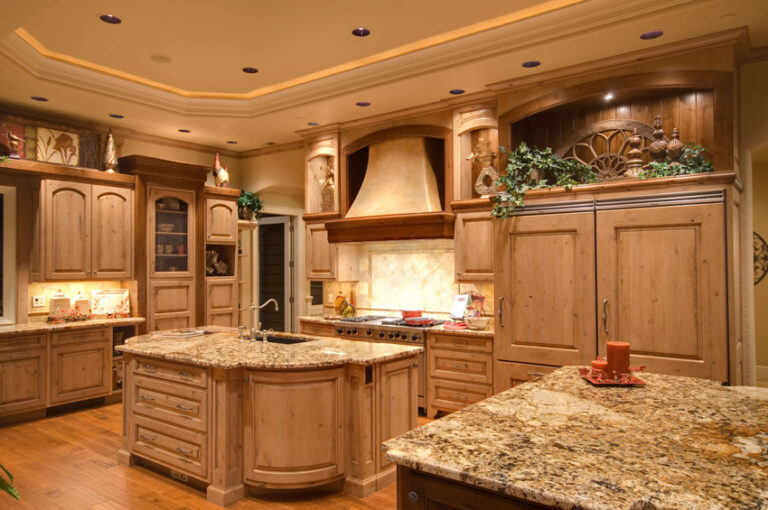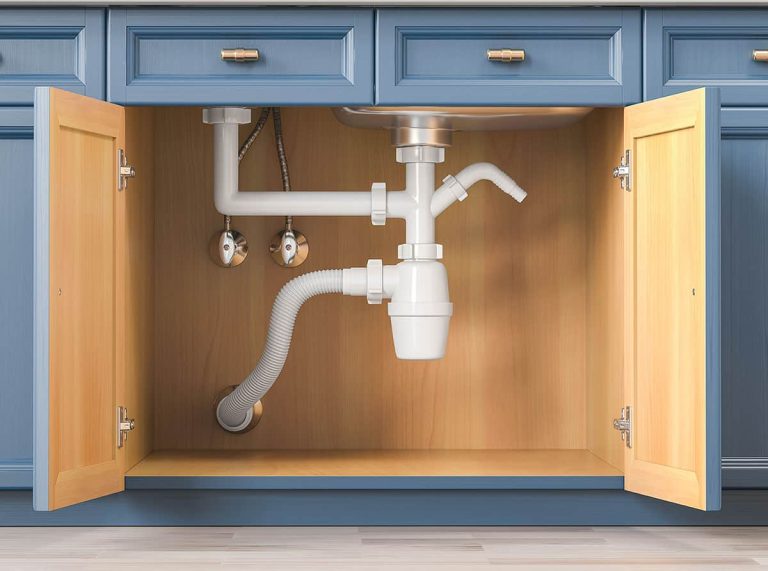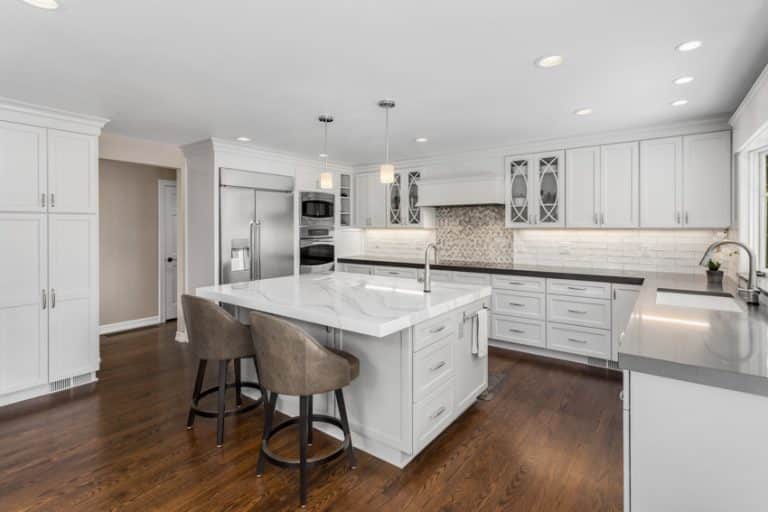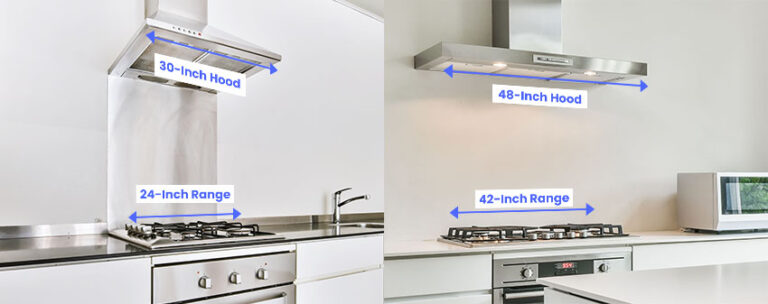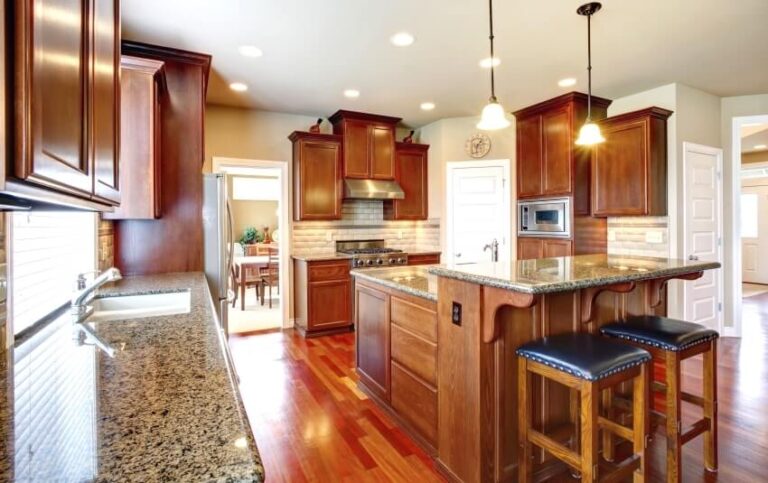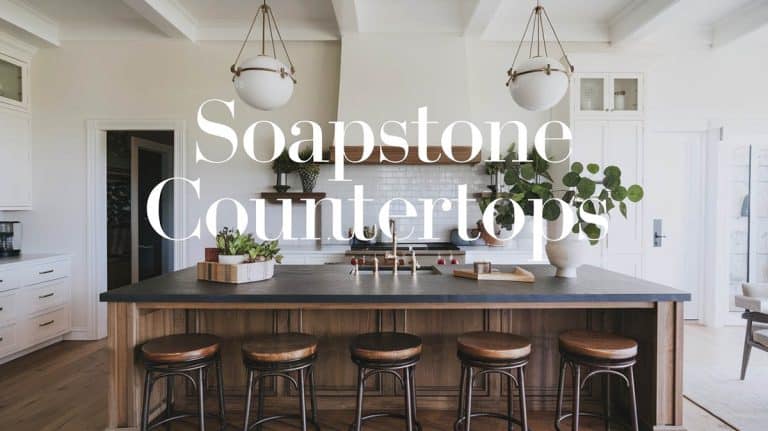Tile vs Hardwood in the Kitchen (Pros & Cons)
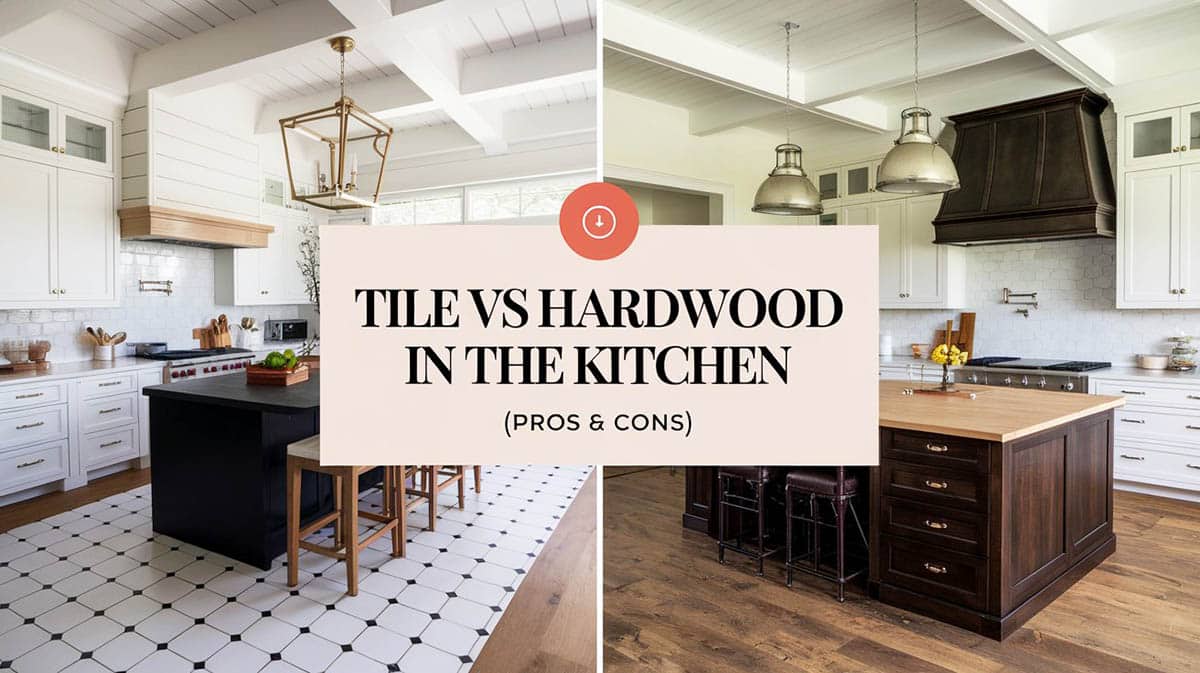
Both tile and wood flooring can be beautiful choices for a kitchen design. The differences will depend on your kitchen style, finishes, and personal taste. Let’s explore how the differences affect your daily living and maintenance tasks.
Tiles in the Kitchen: Pros & Cons
Pros: Tile flooring is great, especially in kitchens. Some of the pros of choosing tile flooring are as follows: Tile Flooring is germ-resistant and easy to clean and maintain. With just an easy sweep and mop, the floor is clean enough for kids to crawl on.
The hard surface makes it easy to clean, and it’s great for anyone who suffers from allergies, as nothing gets caught in the impenetrable tile surface. However, if there are any large stains, there may be an occasional need to use a heavy cleaner.
Tile flooring is also highly durable, resistant to cracks and moisture. It can even be glazed to add more protection to the tiles.
Additionally, tile flooring comes in various colors, styles, shapes, and sizes. There are even wood-look tile floors that can resemble real wood without all of its maintenance issues.
Cons: Unfortunately, as great as tile flooring is, it has a few downsides. With the right price, these can be fixed or worked around.
First, tile flooring needs to be sealed for the best results. Durability and strength are among its biggest pros, and sealing is important and can greatly affect its longevity.
Second, tile flooring is extremely hard. This means anything dropped on it is likely to break, and standing on the flooring for extended periods of time can hurt.
The hardness can also make the flooring a little cold to the touch, meaning chilly toes and the need for socks or slippers when on this type of flooring.
While some of this can be rectified by adding mats or not standing on the surface for long, that does mildly defeat the purpose of the flooring in general.
Hardwood in the Kitchen Pros & Cons
Pros: Hardwood flooring is an awesome choice for kitchens. Some of the pros of choosing Hardwood flooring are as follows.
Hardwood Flooring is easy to clean and maintain. It typically only needs a sweep and a light wood cleanser to achieve optimal results.
Hardwood flooring is also highly durable. It can withstand the tests of time and last more than 100 years.
Additionally, the hardwood flooring option is compatible with pretty much any design you can imagine.
There is a wide assortment of species of wood to choose from, as well as different stains that can be used on the flooring.
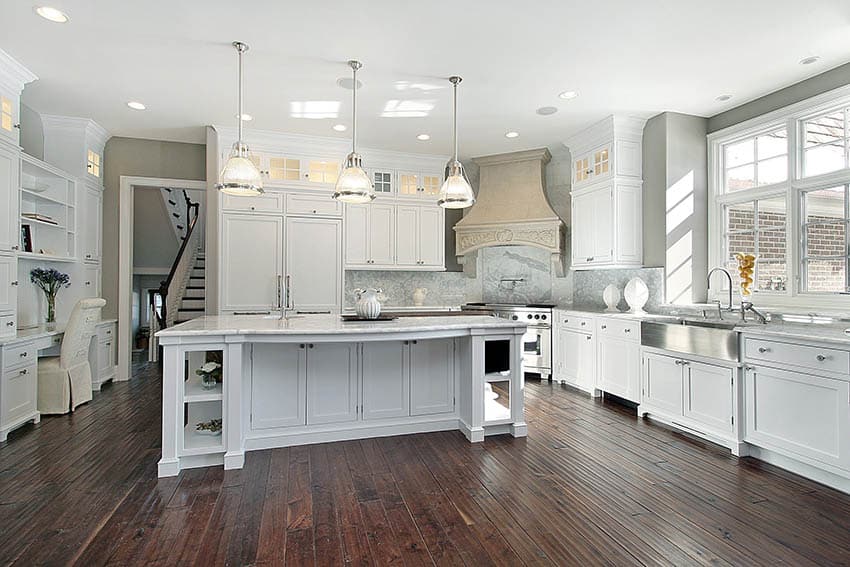
Kitchen with hand scraped wood flooring
Cons: Unfortunately just like with the tile flooring, there are a few downsides to hardwood flooring. Some of the cons are as follows.
First off, Hardwood flooring is expensive. Material alone could cost up to $12 per square foot.
Second, hardwood flooring can scratch and scuff. Luckily, it can be refinished, but maintenance costs a pretty penny. The scuffing and scratching can vary depending on the type of wood selected.
Third, hardwood flooring can be noisy, which, like tile flooring, can be rectified with a rug or less use of the flooring.
Finally, Hardwood flooring is not the best contender for coming in contact with water. You can have an occasional spill or a light mop over it, but it is better to avoid them if possible.
Water can seep into the wood and destroy the board. If there is a possibility of leaking, this can be a big concern for kitchens.
Read more about wood flooring pros and cons here.
Tile vs Hardwood Price
Tile flooring prices: Tile flooring is a good price point when it comes to durability for the amount you pay. It can also be done as a do-it-yourself project to eliminate the price of installation and save money.
For the average tile flooring you should expect to pay about $5 to $8 per square foot for materials and installation. For a higher end tile flooring you should expect to pay about $10 to $12 per square foot for materials and installation.
This price can vary from location to location, it is best to check with your local supply stores and get quotes from the companies wanting to do the installation.
Hardwood flooring prices: Hardwood flooring is one of the most expensive flooring options. That being said, it has many great qualities, including the best resale value. Hardwood flooring can also be done as a do-it-yourself project to eliminate the price of installation and save money.
For the average hardwood flooring you should expect to pay about $6 to $11 per square foot for materials and installation. For a higher end hardwood flooring you should expect to pay about $12 to $23 per square foot for materials and installation.
This price can vary from location to location. It is best to check with your local supply stores and get quotes from companies that want to do the installation.
Tile vs Hardwood Q & A
What flooring adds the most value?
Hardwood flooring is known to add the most value to a home. This is because of its long life span and the ability for the next homeowner to resurface and restain the flooring to the color of choice without having to get entirely new flooring.
The upfront cost of the hardwood flooring is high, but it pays off in the long run. Homes with hardwood flooring are typically sold faster than other flooring types. – interior designer Savannah.
Is it better to have tile or hardwood in the kitchen?
Tile flooring is a better choice for kitchens. This is mostly because of its reaction to water. The kitchen is going to have a great deal of spilling and water based appliances that run the risk of overflowing or leaking. Kitchen tile flooring holds up a great deal better to these types of situations, making it a better contender for the kitchen flooring.
For more ideas, visit our types of kitchen floors design gallery.

